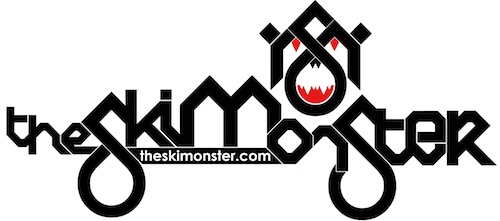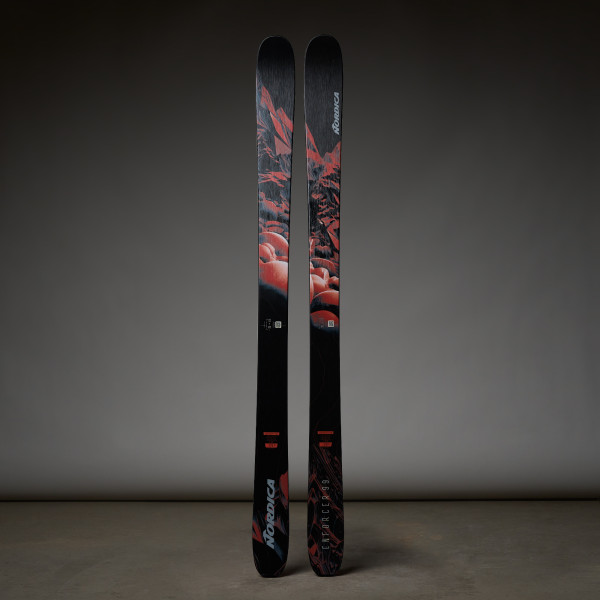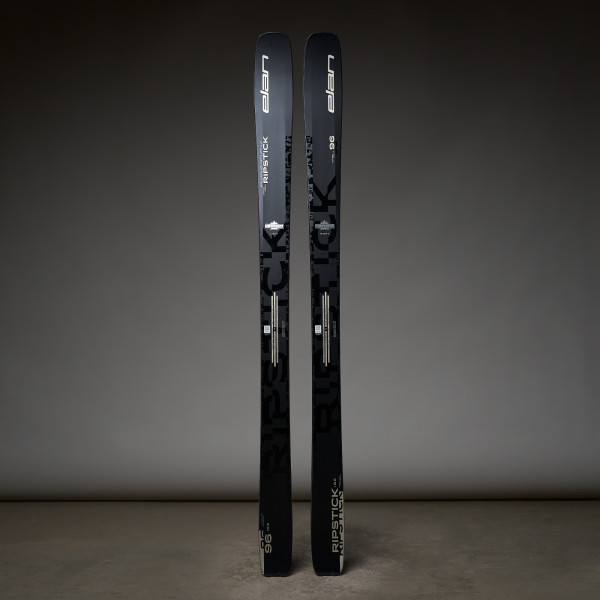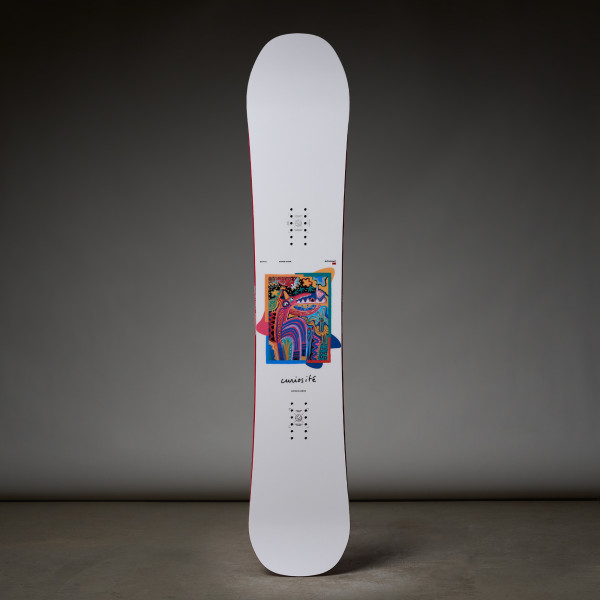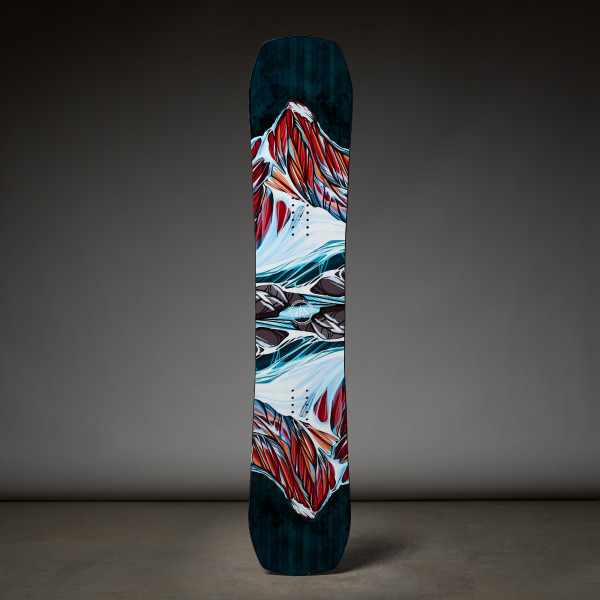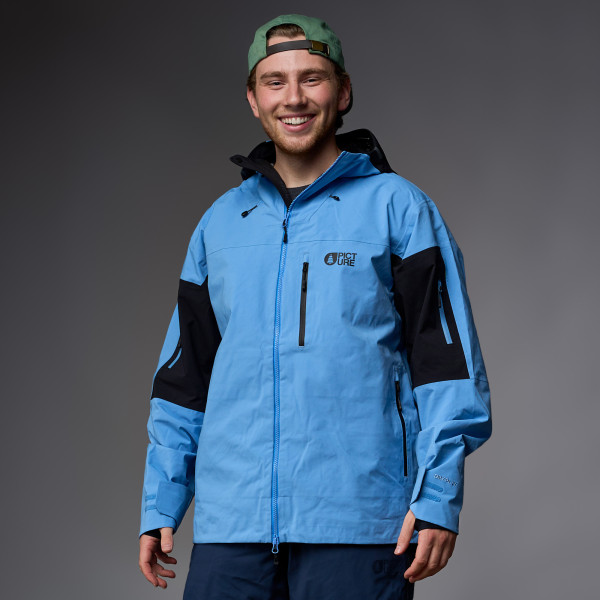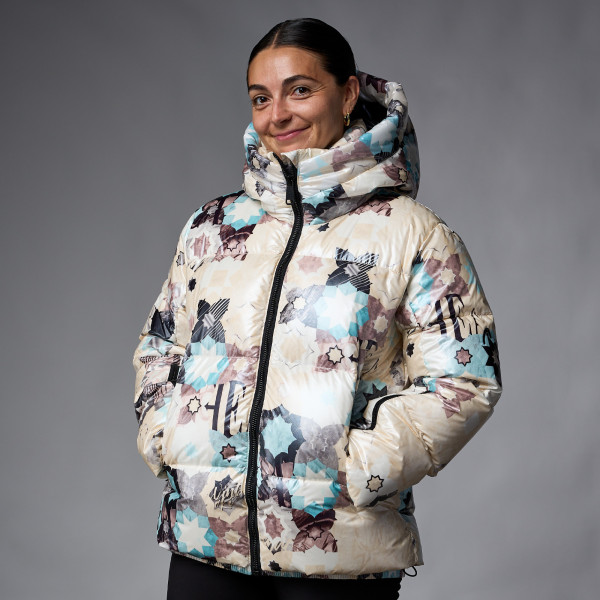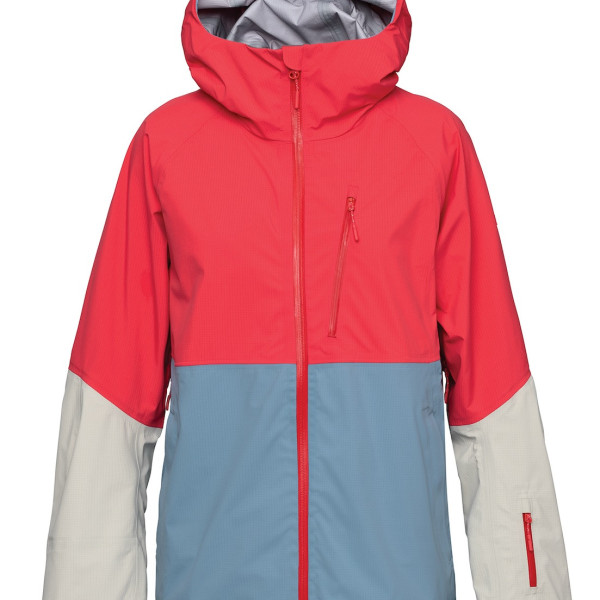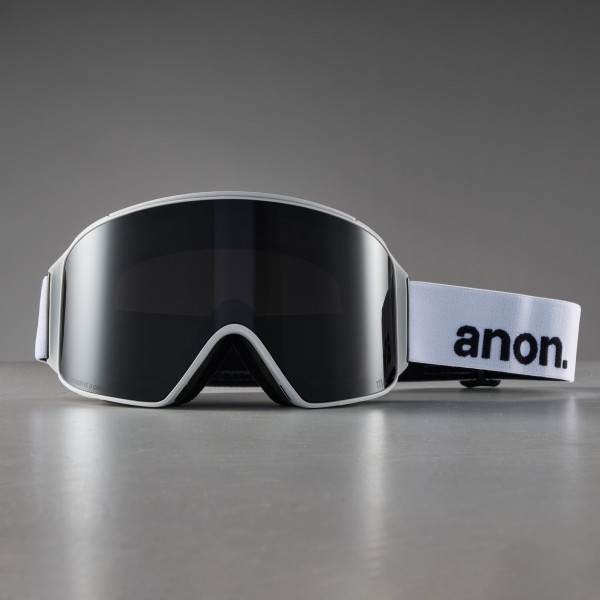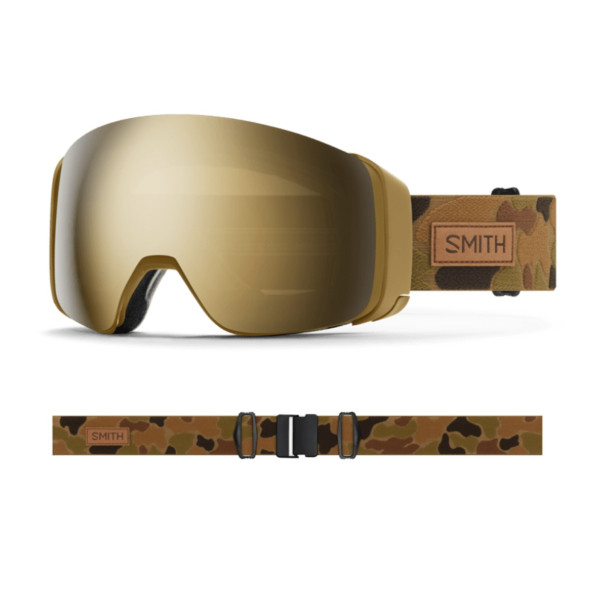Your Shopping Cart
Hot Items
Ski & Snowboard Outlets
Transitioning from Straight to Shaped Skis
Posted April 15, 2014 @ 5:00pm | by George Michaelsen
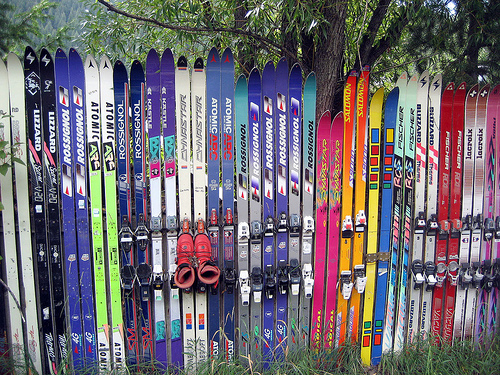
So you're thinking about making the jump from your long straight skis to a pair of shaped skis or as many owners of straight skis still say.... Parabolic skis. Well, congratulations you're about to have a lot more fun out on the hill, provided you get on a pair of shaped skis that makes sense for you.
Long and straight skis are less responsive than todays shaped skis. If you can turn a pair of straight skis it's important that you don't get on a pair of shaped skis that are too soft or meant for a beginner. Often times when a skier complains about skiing on shaped skis after being on straight skis for their entire ski career, it's because they under bought for their ability.
Don't buy skis too short.
If you sized your last pair of skis by extending your hand above your head and bought a pair that came up to your wrist -- this little paragraph is aimed at you. Sure everything is going to be shorter than what you're skiing on now, we just want to make sure you don't go too short. You are used to turning a long pair of skis, by going too short you're going to feel like the skis want to turn all the time and you'll feel like you don't have control over them. Your long straight skis are unresponsive in comparison to todays skis, you're working hard to get a little bit out of straight skis. The shorter a pair of skis is the more responsive they get, if you go too short you'll have difficulty transitioning to shaped skis. Ski sizing is preference, size yourself towards the expert side.
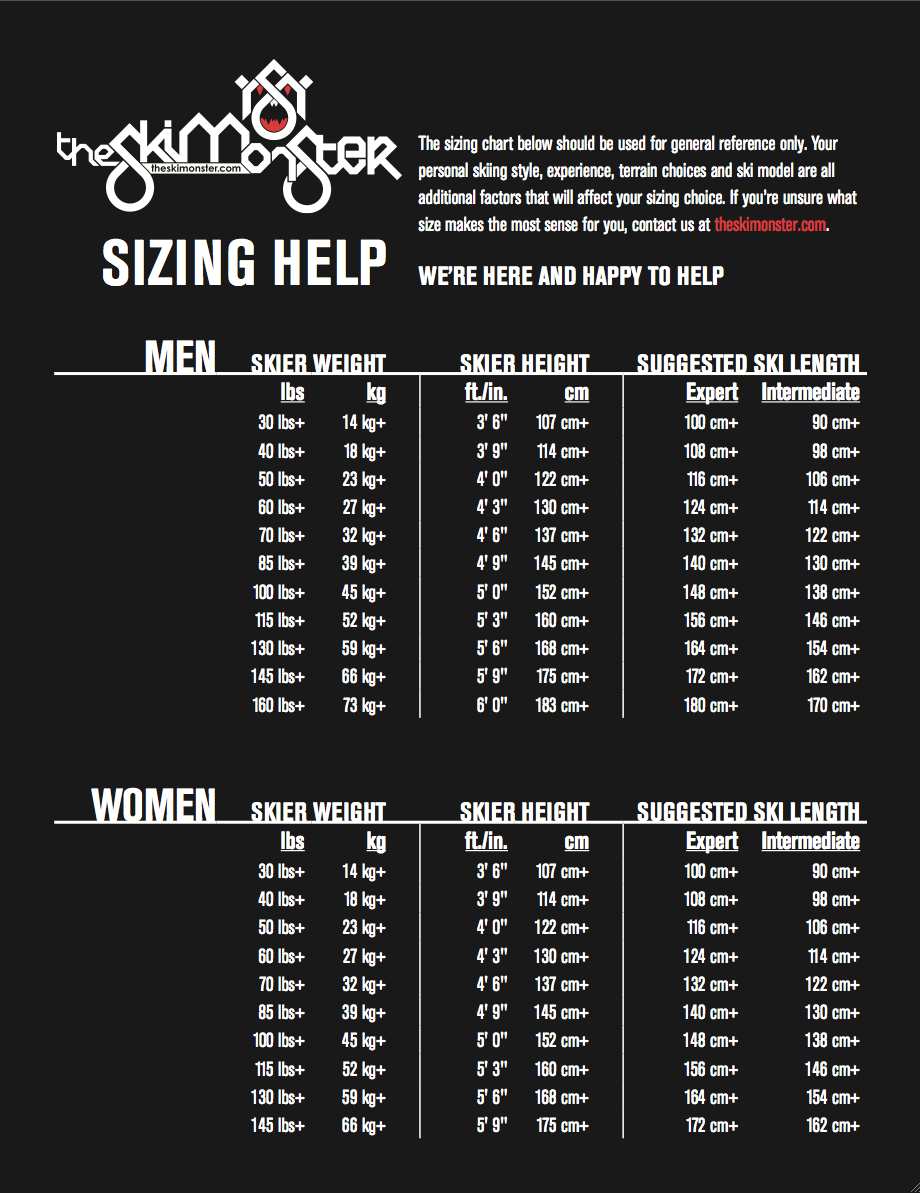
Ski with your feet close together? Go with a narrower waist width.
When shaped skis first came out they were all narrow waist widths, it wasn't until 2005 skis started to get wider and not til 2011 that wide skis were the norm. For skiers that ski with their feet very close together a narrower waist width ski is best -- A ski lesson might be a good idea too ;). If you get on a pair of skis that's too wide you're going to have the tips of your skis crossing all the time and that's not a whole lot of fun. You won't find as many 70 - 75mm waisted skis winning awards in magazines, but that doesn't mean they aren't great skis, it's just 'old news' and magazines don't write about what's tried and true, just brand new.
If you have really long straight skis, don't buy a beginner ski.
Beginner skis are for..... you guessed it, beginners! Beginner skis are best for people that have never skied before, lightweight juniors/teenagers getting their first pair of adult skis or adults that have only gone a couple times a year since they started skiing. What makes a pair of skis fit for beginners is how soft or easy they are to flex. Because the skis can bend more easily they initiate turns very easily. For skiers that are coming off of straight skis going into a ski that's too soft, like beginner skis, will prove to be a really difficult transition -- we don't want that, we want you to have fun on the slopes. Most straight skis are pretty stiff, do yourself a favor and get on something that is on the stiffer side and you'll have an easier time adapting to shaped skis.
Shaped skis like to be on edge.
You may have heard friends say that they feel like they can't run their shaped skis straight or flat like they could on their straight skis. That's true and it's because they are designed to turn, they have a quicker turning radius than your straight skis. If you get on a narrower waisted and stiffer ski with tip rocker it'll be easier to run a flat ski or to ski straight. The addition of tip rocker has been phenomenal for many reasons; float, smoother turn initiation and they don't catch an edge as easily, which makes them easier to run straight.
If you've read our about me section or know anyone that has purchased stuff from us, you know that we want you to be happy out there on the hill with your gear. We talk to quite a few skiers each season that are currently on straight skis and looking to get into a pair of shaped skis. If you have any questions about what makes sense for you give us a shout, we're happy to help.
